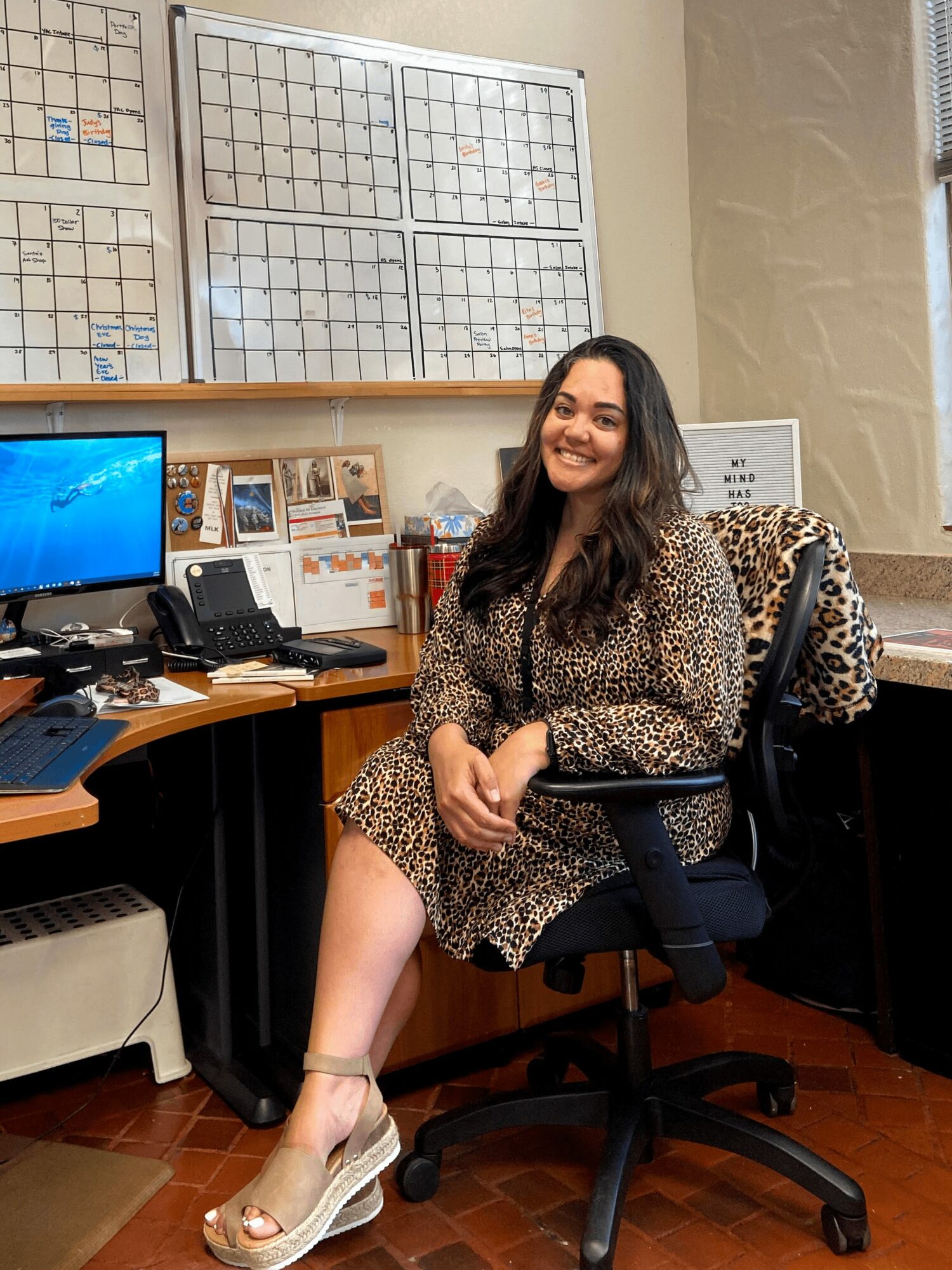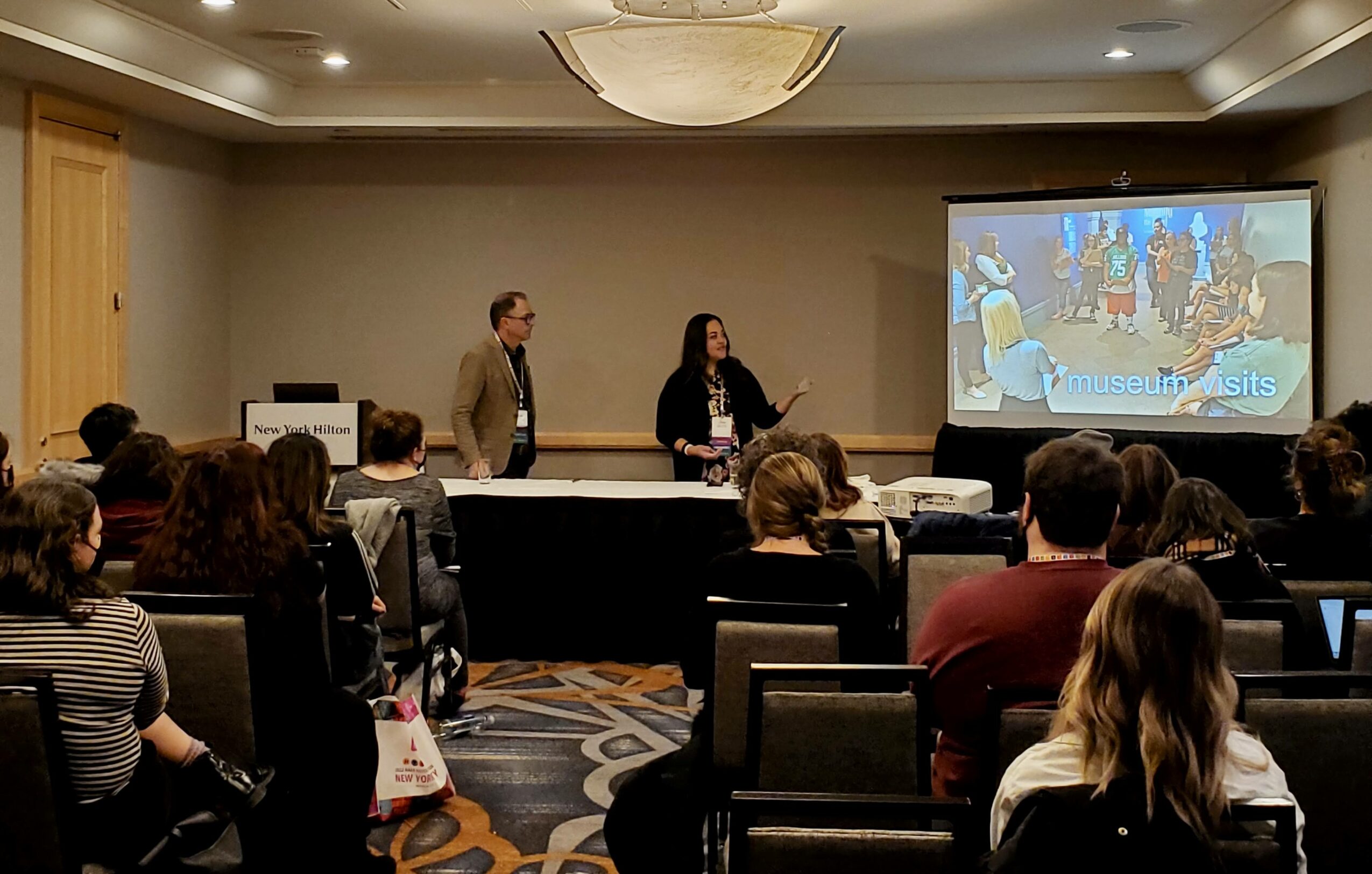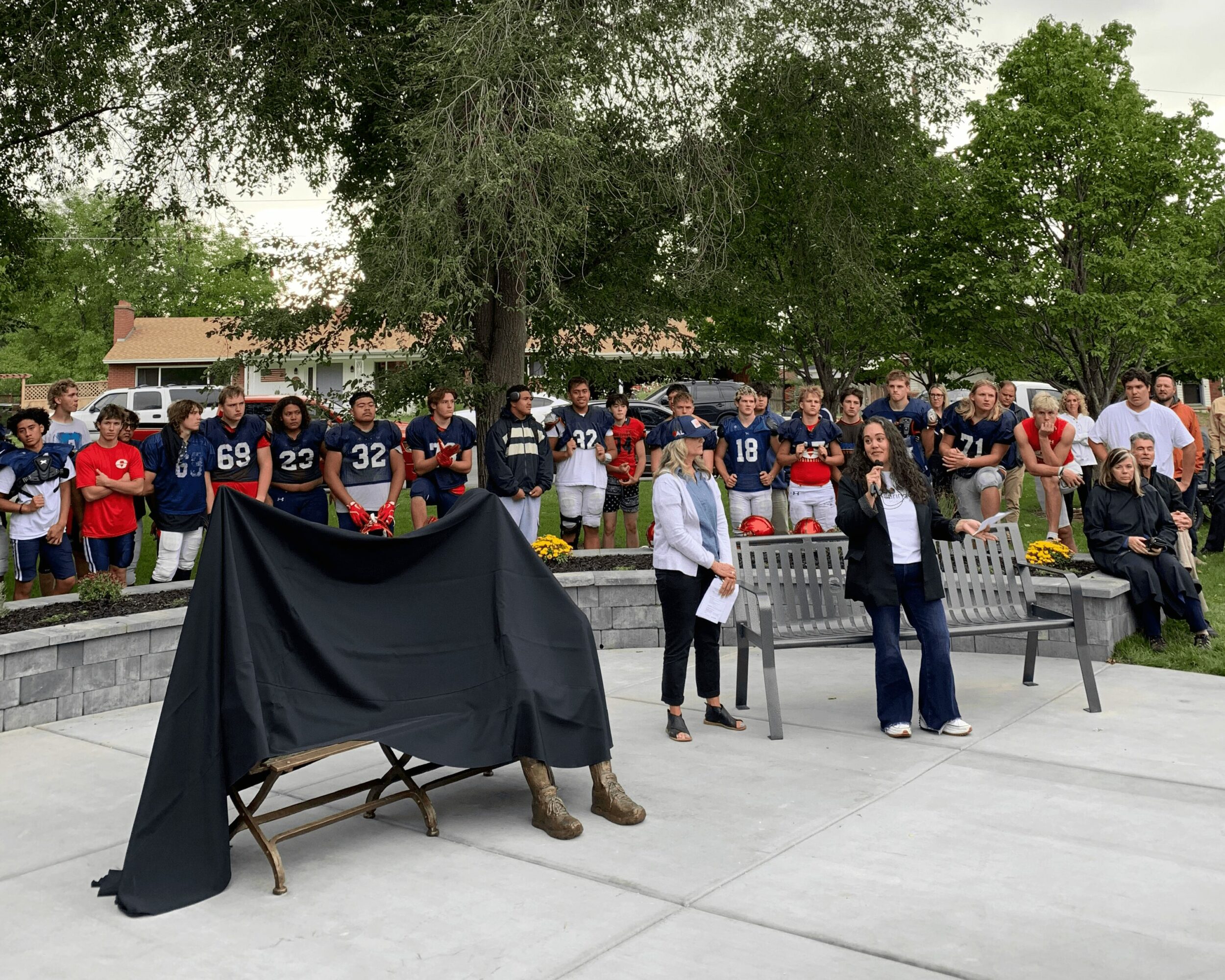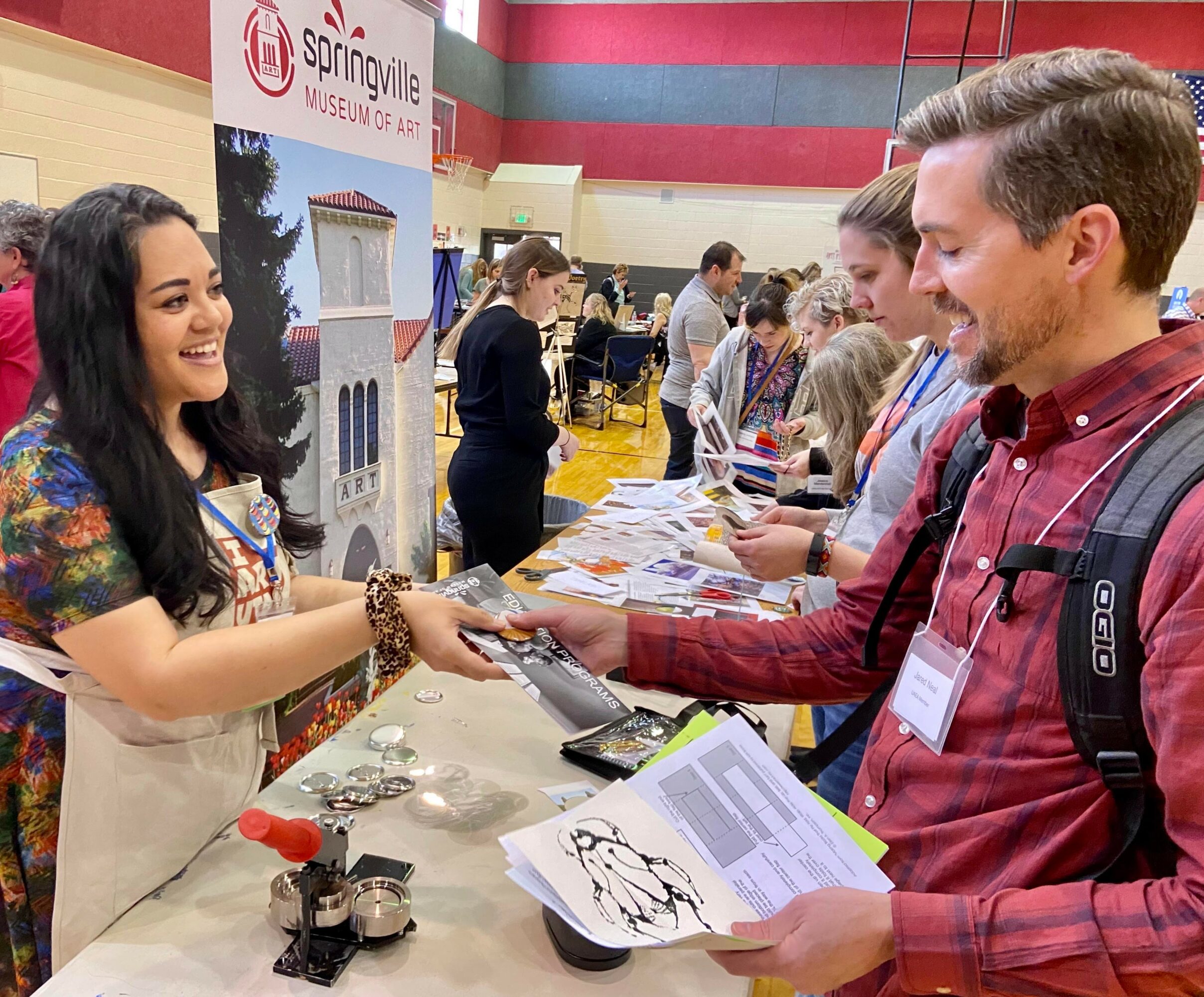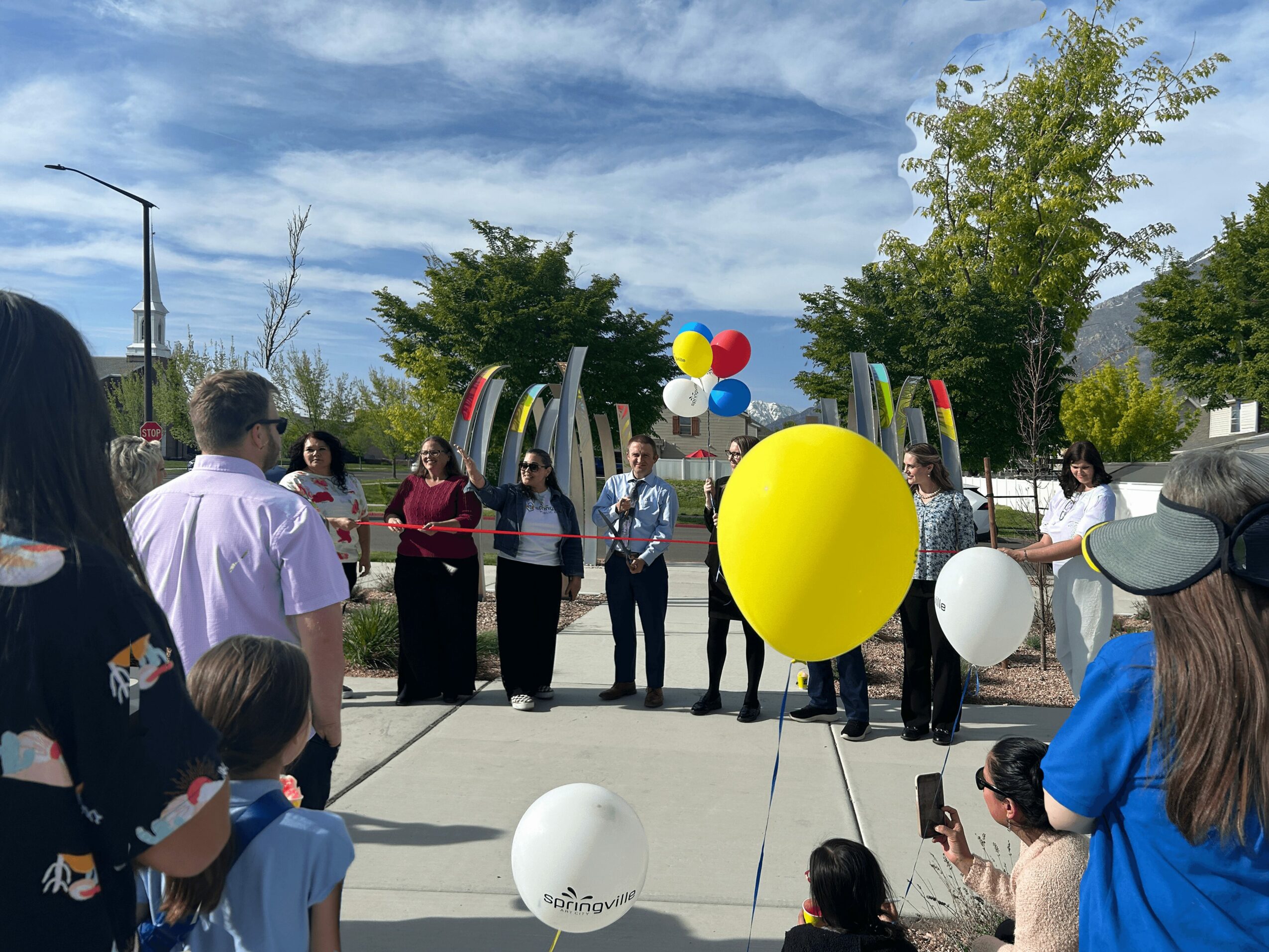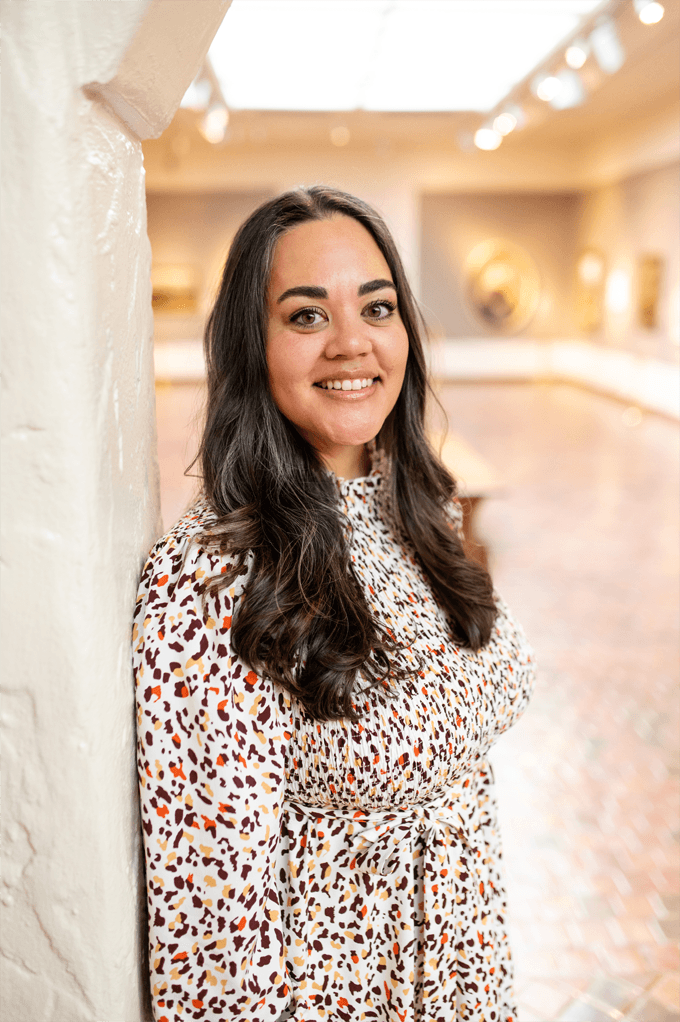

Today we’d like to introduce you to Leslie Makai Gleaves.
Hi Leslie, can you start by introducing yourself? We’d love to learn more about how you got to where you are today?
I’ve always been creative. Growing up, that meant dance—from Polynesian performance starting at age 2 to ballet, jazz, hip hop, and contemporary through high school. Being mixed-race and growing up navigating two different worlds—my father’s Tongan heritage and my mother’s Utah-born, LDS upbringing—gave me a unique perspective that has shaped how I approach my work and fueled my passion for equity and inclusion.
After marrying my high school sweetheart, I received my cosmetology license early in our marriage and spent a few years as a hairstylist. I then spent about a decade as a stay-at-home mom, but I kept my creative spark alive with side projects, such as teaching craft classes, running home-based workshops, and even leading Zumba classes. Later, I went back to college as a non-traditional student, earning degrees in art and design, which led to an internship and eventually a career at the Springville Museum of Art, where I’ve been for nearly 11 years. Throughout all the stages of our life and the 27 years of our marriage, my husband has been my biggest supporter and advocate, cheering me on through the ups and downs of family, school, and my career, and even volunteering alongside me at museum and public art events when he can.
During my time at the museum, I’ve worked with many teachers and students throughout the state, created curriculum for statewide school programs, collaborated with museum educators, artists, arts professionals, and arts organizations, and contributed to museum exhibitions through design and interpretation. I’ve also represented the museum and the city on committees and boards both in-state and nationally and furthered my training and education by participating in and presenting at a variety of art education, museum, and public art conferences around the country, including online trainings during the pandemic that focused on diversity, equity, accessibility, and inclusion (DEAI). From there, I led DEAI initiatives through staff trainings, exhibition support, and many other programs that reflect my commitment to making art welcoming for all. One of the most meaningful lessons I’ve learned came from the disability rights movement in the 1970s: “Nothing about us without us,” a phrase that has become very important to me and informs nearly everything I do.
My imaginative approach has always guided me in solving problems and building relationships, while my artistic practice in dance, design, and photography has taught me how to express ideas in tangible, meaningful ways. Today, public art enables me to blend these two worlds of movement, storytelling, and visual expression with community engagement. My background in performing and visual arts informs how I approach public art projects, helping me develop experiences that are visually engaging, inclusive, and accessible. This perspective naturally aligns with my DEAI work, ensuring that the programs, exhibitions, and public art initiatives I lead reflect diverse voices and honor different experiences.
Through it all, the thread has been the same: finding ways to bring people together, making creativity accessible, and helping communities see themselves reflected in the art around them. That drive still guides everything I do today.
Can you talk to us a bit about the challenges and lessons you’ve learned along the way. Looking back would you say it’s been easy or smooth in retrospect?
It definitely hasn’t been a smooth road, but I’ve learned that’s part of the journey. Going back to college as a first-generation student at nearly 35 with four kids was a huge challenge. Balancing school, family, and side projects pushed me in ways I hadn’t anticipated, but it taught me resilience and the value of perseverance.
Transitioning back to work after being a stay-at-home mom was another hurdle, but one I was excited for. I started part-time at the museum, worked my way up to full-time, and then faced a period of burnout, an ADHD diagnosis, and two major surgeries, all while navigating big changes at the museum. Deciding to step down to a part-time role at that time wasn’t easy, but it ended up being a blessing in disguise. Shortly after my transition, we experienced the devastating and unexpected loss of two women who were the emotional center of our family, both within a few short months. Being part-time allowed me to be more present during that time, supporting my family through their grief while also navigating my own. That experience deepened my understanding of what truly matters: relationships, connection, and the bonds we form with others.
Through it all, I’ve learned how essential it is to be present and intentional. These experiences have shaped not just my work, but how I show up for the people around me every day.
Alright, so let’s switch gears a bit and talk business. What should we know about your work?
I’m the Public Art Coordinator at the Springville Museum of Art, where I’ve been leading public art programs for almost three years. Our mission is simple but powerful: we believe art is a necessity, and it has the power to elevate lives and unite our community. One of the main goals of the public art program is to amplify Springville’s identity as Utah’s “Art City” by expanding the museum out into the community and making the city itself a living, accessible gallery—not just a city with an art museum.
In my role, I manage public art projects from start to finish, connecting with local artists, coordinating selection committees and focus groups, and overseeing installations. I also support performing arts programs, ensuring these experiences are inviting, dynamic, and connected to the community. Additionally, I coordinate and facilitate the annual Springville Art Festival, working with a volunteer Public Art Committee made up of city residents and employees.
What I bring to my work is a structured, professional approach to program management, paired with a creative lens from my background in dance, design, and photography. I aim to develop projects that are accessible, impactful, and reflective of our city, ensuring that public art is produced with the community and celebrates Springville’s identity as Utah’s Art City.
We all have a different way of looking at and defining success. How do you define success?
I define success by the impact I have on others and the example I set for those around me. Going back to school as a first-generation student and showing my kids the value of perseverance was one part of that. Every week at the museum, we share “mission moments”—small or big ways our work connects the community with art—and seeing those moments come to life reminds me that success is about creating meaningful experiences, fostering inclusion, and helping others feel seen and supported.
Contact Info:
- Website: https://www.smofa.org/Public-Art
- Instagram: https://www.instagram.com/springville_publicart/
- Facebook: https://www.facebook.com/springvillepublicart/
- LinkedIn: https://www.linkedin.com/in/lesliegleaves/


